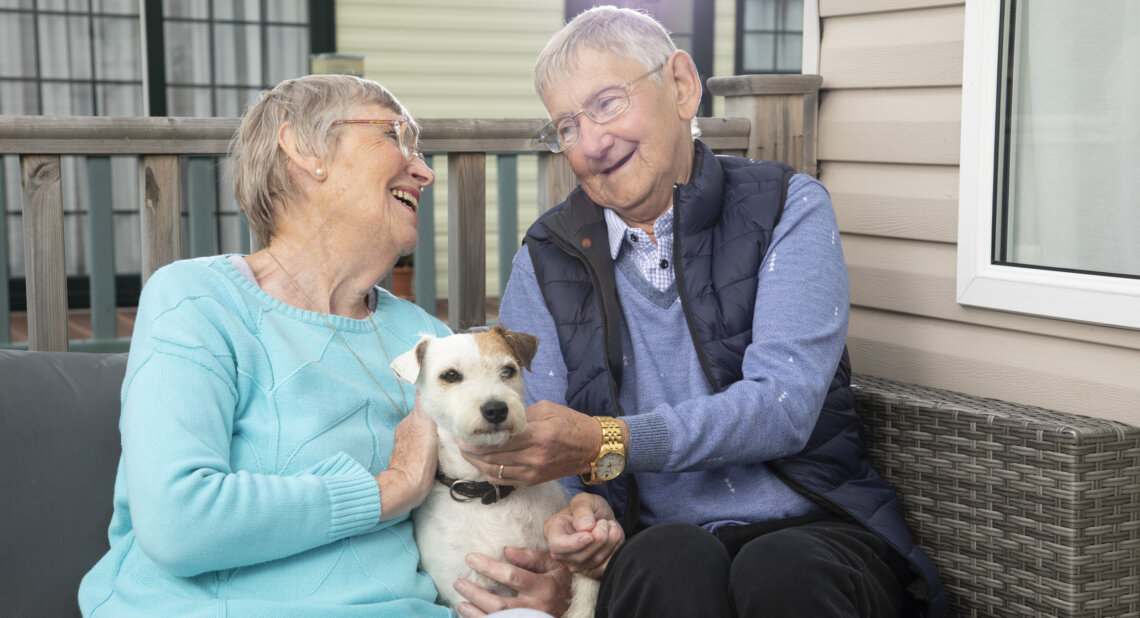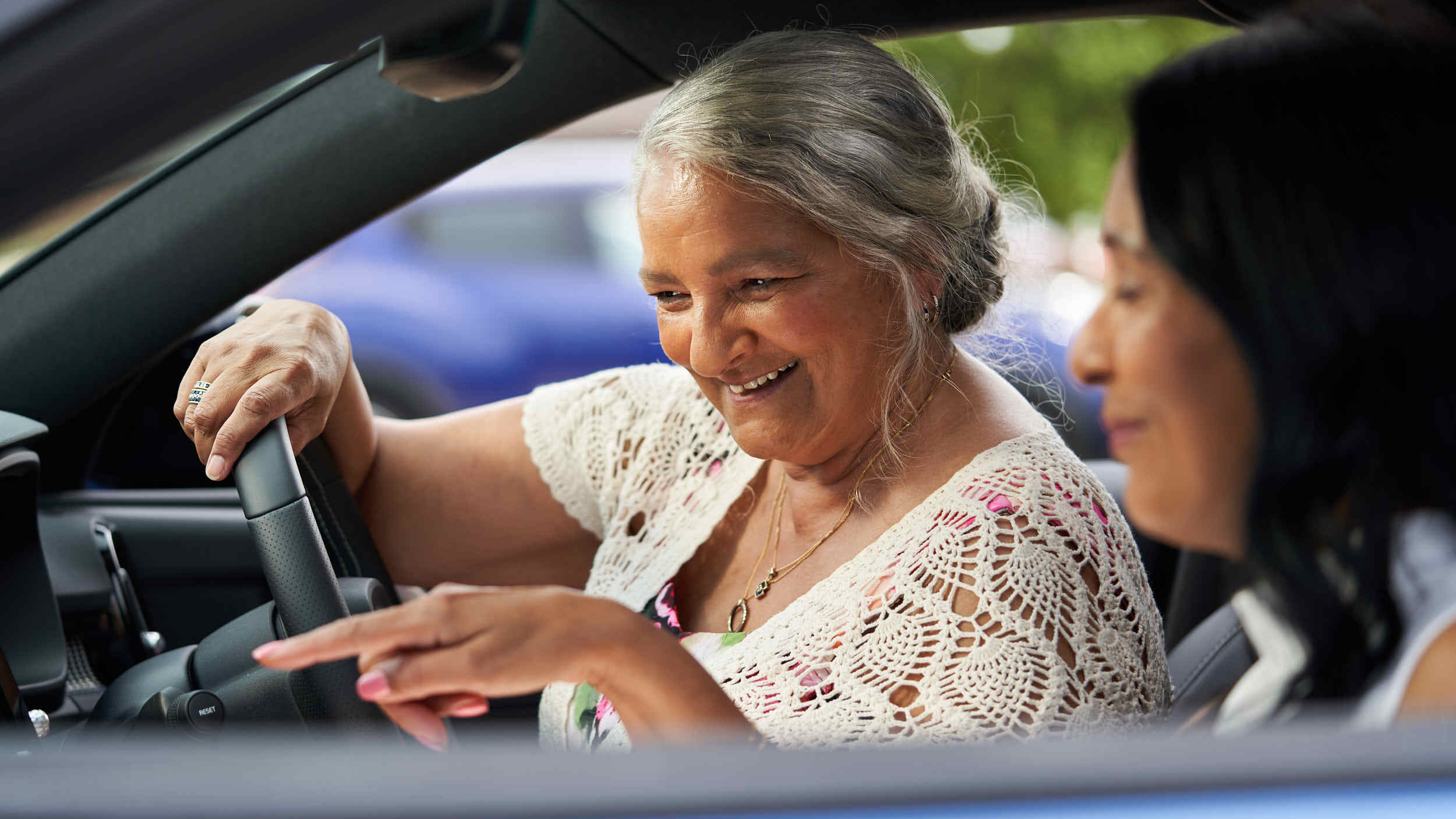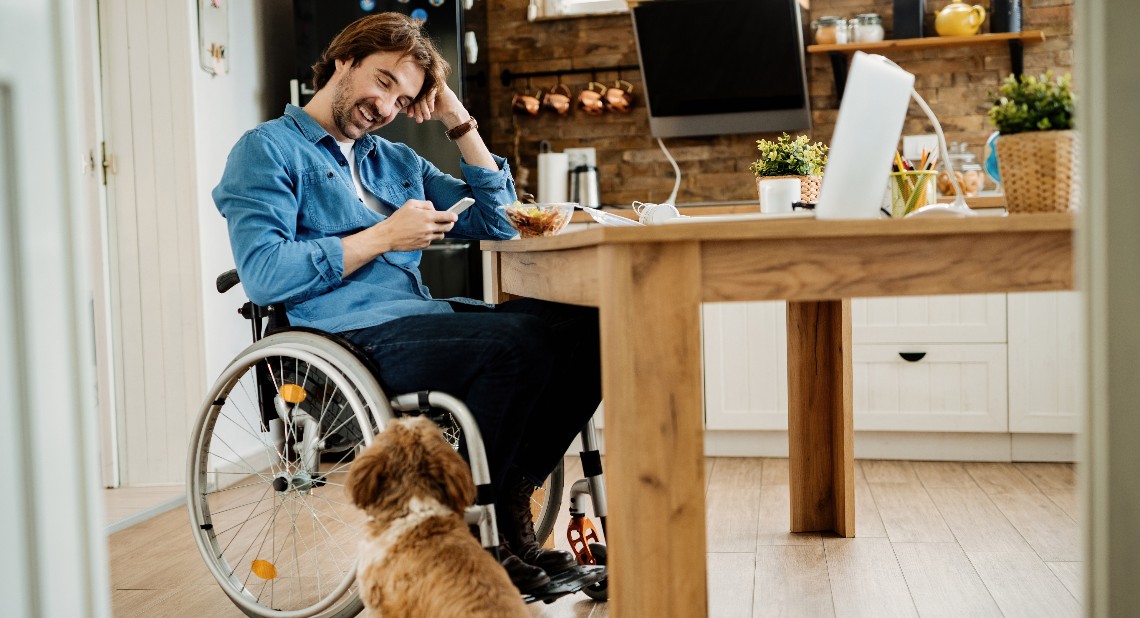When people think about mobility issues, they often picture physical conditions you can see, like someone using a wheelchair. But there are also less apparent disabilities, like cognitive conditions, that can make it just as hard to stay mobile.
Here we look at some of the challenges that people with less-apparent disabilities face in getting around and offer some suggestions to make it that little bit easier.
- More to accessibility than meets the eye
- Navigating transport
- Asking for assistance
- Travelling prepared
There’s more to accessibility than meets the eye
According to recent figures, more than one in five of us has a disability, with an estimated 16.1 million people in the UK having a disability. It’s estimated that 70-80 per cent of all disabilities are less-apparent too.
This means that it may be difficult for certain people to access the support they need from society, or travel with ease. Stigma and a lack of understanding from both travel providers and the public can make it even more difficult to get around.
People with less-apparent disabilities can also have difficulty getting around
Navigating transport
Public transport is one area where people with less-apparent disabilities can face difficulties. Apart from having to navigate among non-disabled people who might not be so understanding of their condition, there may be other, practical challenges to have to deal with, such as memory loss or anxiety.
“Transport is a significant problem for a great many people who struggle with brain injuries,” says Luke Griggs, director of communications for Headway, the Brain Injury Association.
While each case is unique, Griggs says that it’s common for sufferers to have “anxiety, memory problems, an inability to process and retain information, and inability to plan and execute those plans as a route of where they need to go.” He added: “Put all those things together and if you ask that person to then get on a bus to get to where they need to go, it becomes a big challenge.”
There are other things you can do to make sure you enjoy a smooth journey. These include:
- Carrying a notebook, or utilising a notes app on your smartphone, to write down your route in advance
- Saving any emergency contacts you might need while out and about
- Coming up with some ‘Plan B’ options like alternative travel arrangements, or even a number for a local taxi company
Asking for assistance
Although many places have a long way to go before they are fully accessible, it’s worth noting that some places do provide travel assistance.
Rail & bus stations
Disabled people have a right to travel by train under DPPP (Disabled People’s Protection Policy), so stations must provide you with assistance, should you need it. You can also get a third off rail travel with a Disabled Persons Railcard.
It’s generally a good idea to book ahead if possible, although some places will take requests up to two hours before your journey. Contact your local train provider to request assistance with your luggage, a hand navigating the station, support when boarding the train, or arranging a ramp.
The Transport for London website also has accessibility information which can be handy if you’re travelling in the UK’s capital.
Stagecoach has also introduced measures to help customers who need additional assistance when using public transport.
Using public transport can present many challenges for people with disabilities
Airports
You can also request special assistance at airports. Designated members of staff will be able to take you to wherever you need to go, including finding quiet rooms or getting through security and to your boarding gates. The Civil Aviation Authority has information on their website that can help disabled travellers access the necessary support.
Travelling prepared
It’s always a good idea to be prepared when you travel, but if you have a less-apparent disability this can be even more important. Here are a few things to consider:
- Avoid sensory overload with gadgets. Neurodiverse people, such as those with autism, can find that the noise on public transport leads to a sensory overload. Earplugs can be a great aid that fits discreetly in any handbag or wallet, bringing noise down to a more peaceful, comforting level. They’re often inexpensive and easily available online. Equally, weighted fidget toys can help distract the user, bringing a sense of relief and helping them regain self-control.
- Access disabled toilets around the UK. Disabled toilet keys, also known as RADAR keys, can help you to access public toilets more easily, which is particularly helpful for people with digestive system conditions, for example. They’re available for about £5 and can be purchased online.
- Consider wearing a sunflower lanyard. If you feel nervous about asking for help, some people find that wearing a sunflower lanyard can help. The scheme was established in 2016 and describes the lanyards as “a discreet way to make the invisible visible,” by indicating to staff, colleagues, healthcare professionals or members of the public that they need a little more support or time than others.
- Bringing your medical information. You should not have to, but if you’re worried about asking for travel assistance you might want to bring your medical certificates with you, or make sure your NHS app detailing your medical history is up-to-date. This can help you communicate your needs and make your travel as smooth and fuss-free for you as possible.
In conclusion, getting out and about is vital to those with or without disabilities. Numerous studies over the years have shown travel to have numerous health benefits, from increasing happiness and managing stress to generally keeping you healthier overall.
Interested in joining the Scheme?
The Motability Scheme offers an all-inclusive lease package. If you are in receipt of a qualifying mobility allowance you can use it to lease a car, scooter, powered wheelchair or Wheelchair Accessible Vehicle (WAV).
Check if you’re eligible to join. It only takes two minutes.
Related articles
Shops, supermarkets and sports clubs with sensory spaces
Helen Dolphin’s tips for travelling by train
How does disabled parking work at UK airports? A guide to Blue Badge parking and assistance
![]()










